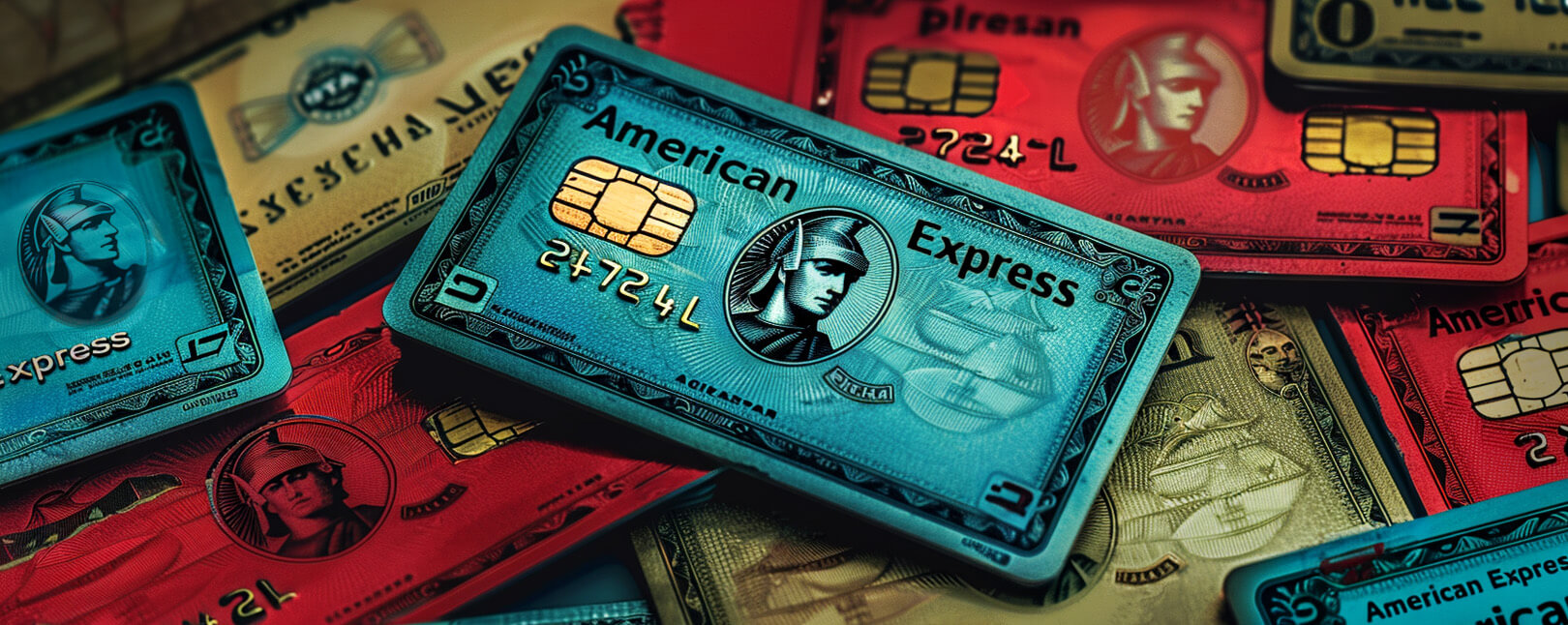Why Health Insurance Chargebacks Happen, Plus the Top 10 Best Practices to Prevent Disputes
Chargebacks, or forced payment reversals resulting from a customer dispute, are becoming an epidemic within the supplemental insurance space. Part of the problem is the overall upward trend in chargeback issuances as a whole. There are key aspects of insurance that make it particularly susceptible to disputes.
The intricacies of the healthcare system often obscure the actual expenses incurred by patients. Those who anticipate full coverage for their medical treatments may be taken aback when their insurance company imposes additional charges.
This can create substantial challenges for insurance providers. So, how do health insurance chargebacks work? And, how can providers prevent them? Let’s take a look.
Recommended reading
- Bank of America Disputes: Here's What You Need to Know
- Wells Fargo Disputes: Chargeback Rules & Things to Know
- 10 Tips to Stop DoorDash Chargebacks Before They Happen
- American Express Chargebacks: Rules & Time Limits & More
- Stripe Chargeback Guide: Time Limits & Other Info You Need
- What is a Bank Chargeback? What Makes Them Different?
Health Insurance Chargebacks: at a Glance
Let’s start at the beginning.
A health insurance chargeback happens when a customer's bank reverses a transaction, typically upon the customer's request. Whether or not customers can file chargebacks for health insurance premiums depends on the payment method employed.
For health insurance providers, the frequency of chargebacks they encounter relies on two factors: the number of dissatisfied customers they serve and the payment methods those customers utilize. Consequently, certain businesses, such as supplemental insurance providers, may face greater vulnerability to chargebacks than others.
HIPAA adds another complication here. In the healthcare space, the collection and safeguarding of confidential medical information is subject to the regulations outlined in the Health Insurance Portability and Accountability Act (HIPAA). This applies to chargebacks, too; you could exposed to substantial fines and penalties if you are found to be in violation of HIPAA regulations. Chargebacks attached to a “fraud” reason code can then be implicit evidence of HIPAA violations.
These factors combined make chargeback management especially difficult in the supplementary insurance space.
Why Do Supplemental Insurance Customers File Chargebacks?
Insurance benefit information is often presented in a standardized format that caters more to industry norms than to customer comprehension. This format may assist knowledgeable individuals in comparing different plans. However, it can result in many customers lacking a complete understanding of the specific coverage for which they are signing up. This can cause problems when customers’ service is not what they expected.
Supplemental insurance customers may file chargebacks for various reasons. Here are a few common scenarios:

Another thing to keep in mind is that most supplemental insurance plans are sold over the phone. This presents challenges in verifying the buyer's understanding of the terms during the purchase process. Phone orders are also more vulnerable to instances of first-party misuse of the chargeback process (a phenomenon called “friendly fraud”).
As customer complaints accumulate, trust emerges as an escalating concern within this industry. As we’ll see in the next section, this will cause significant issues for the supplemental insurance space.
How Do Chargebacks Impact Insurance Providers?
Insurance industry chargebacks can deeply disrupt your daily operations. Each dispute translates to revenue loss and increase administrative expenses.
You may be able to challenge the customer’s claim through representment. Even if you win, though, you will be assessed a chargeback fee and take a hit to your chargeback ratio. This will lead to increased costs and more complications in the future.
These disputes hurt the industry as a whole. The more disputes that are filed, the more risky the insurance business appears. That leads to higher processing fees, stricter operating limitations, and more.
Chargebacks leads to:
Learn more about chargeback costsOverall, chargebacks have far-reaching impacts. They affect your reputation, customer relationships, operational efficiency, and compliance standing.
How to Prevent Health Insurance Chargebacks
You must proactively address chargeback issues. The keys to this are improved communication, and enhanced customer satisfaction measures, coupled with effective dispute resolution when necessary.
You need to embrace a customer-centric approach focused on transparency and satisfaction. This proactive approach fosters trust, prevents misunderstandings, and ensures customers make informed decisions about purchases.
To that end, here are ten chargeback prevention best practices that we recommend to decrease your overall chargeback issuances:
#1 | Communicate Clearly
Ensure that all terms, requirements, and other crucial information is clearly communicated to customers. It is crucial to use plain language and avoid industry jargon that may confuse or mislead customers. Providing comprehensive documentation and offering opportunities for customers to ask questions can enhance their understanding and reduce the likelihood of chargebacks due to misunderstanding.
#2 | Educate Customers
Educating customers is essential. You should offer resources, such as user-friendly guides, online portals, dedicated customer support, etc., to help customers. Regular communication, reminders, and updates about any changes to service or upcoming renewal dates can also minimize confusion and prevent disputes.
#3 | Clarify Billing Practices
Accurate billing practices are critical to prevent billing disputes and chargebacks. You should ensure that invoices and statements are error-free, clearly indicating the services provided, associated costs, and any adjustments or refunds. Billing transparency and easy-to-understand itemization can help customers recognize and validate charges, reducing the chances of chargebacks.
#4 | ProvideTraining
Conducting comprehensive training for sales representatives who engage with customers is crucial. This training should emphasize accurate representation of terms, and ensure that sales agents have a thorough understanding of the products and can effectively communicate them to potential customers.
#5 | Prioritize Customers
Maintaining strong customer service is vital for addressing customer concerns and resolving issues promptly. By offering accessible channels of communication, such as phone, email, or live chat, you can proactively assist customers, clarify uncertainties, and address complaints before they escalate to chargebacks. Timely and empathetic customer support can go a long way in preventing disputes.
#6 | Ensure Compliance
Staying up-to-date with industry regulations and adhering to best practices for data security and privacy can minimize potential compliance issues. Complying with regulatory requirements can reduce the risk of penalties, legal disputes, and subsequent chargebacks.
#7 | Automate Reminders
Using automated payment reminders can help customers stay informed about upcoming due dates and avoid missed payments. Sending timely notifications through email, text messages, or mobile apps can prevent accidental lapses in service.
#8 | Improve Documentation
You should ensure that any policy documentation is comprehensive, easily accessible, and written in customer-friendly language. Clear and detailed terms, service limitations, exclusions, and procedures can minimize misunderstandings and disputes.
#9 | Enhance Verification
Implementing thorough verification processes during a transaction can help confirm your customers’ identities, intentions, and understanding of the service. This can include additional authentication measures or validation checks to mitigate instances of fraudulent or unauthorized transactions.
#10 | Seek Feedback
Regularly seeking customer feedback through surveys, satisfaction ratings, or online reviews can provide valuable insights into which improvement may be necessary. Addressing customer concerns promptly can help prevent frustrations from escalating into chargebacks and demonstrate a commitment to customer satisfaction.
Learn more about chargeback preventionChargebacks Require a Better Solution
Any combination of the best practices outlined above can help you create a solid framework to minimize chargebacks. You can also enhance customer satisfaction and ensure a smooth and secure experience for customers in the process.
All that said, a piecemeal strategy won’t be effective. True fraud prevention and risk mitigation requires a more comprehensive approach. Fortunately, we can help.
Chargebacks911® offers a true end-to-end technology platform that prevents more disputes, wins more reversals, and maximizes your ROI. Contact us today for more information on how to improve customer service to prevent chargebacks
FAQs
What is a chargeback in health insurance?
A health insurance chargeback happens when a customer's bank reverses a transaction, typically upon the customer's request. Whether or not customers can file chargebacks for health insurance premiums depends on the payment method employed.
How do chargebacks work in insurance?
The number of steps involved in the chargeback process will vary based on a lot of different factors. That said, a basic rundown of how it works is as follows. First, a cardholder files a chargeback. The issuer reviews the claim and assigns a reason code, then forwards the case to the insurance provider’s bank. The acquirer then reviews the claim and forwards it to the provider for response. The provider gathers necessary documentation, then forwards it back to the issuer for decisioning.
What justifies a chargeback?
Chargebacks are acceptable in cases of fraud or abuse on the part of the merchant.
What are the consequences of a chargeback?
Health insurance chargebacks can deeply disrupt the daily operations of healthcare providers and insurance companies. Chargebacks can create revenue loss and increase administrative expenses, as well as expose insurance providers to substantial fines and penalties if they are found to be in violation of HIPAA regulations, which safeguard patient privacy.













